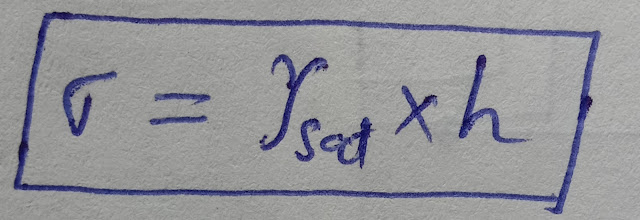Kaolinite, illite, montmorilonite, How the clay minerals kaolinite, illite and montmorillonite are formed by schematic diagram.

Kaolinite:- Kaolinite is the most common minerals of the kaolinite group of clay minerals. Its basic structural unit consists of gibbsite sheet with aluminium atoms at the center. It is joined to silica sheet through the unbalanced oxygen atoms at the apexes of silica sheet. The total thickness of the basic structural unit is about 7 angstrom. The basic structural unit of kaolinite minerals is symbolised as shown in figure. Kaolinite minerals The basic structural units of kaolinite minerals are joined together by hydrogen bond. It develops between the oxygen atoms of silica sheet and the hydroxyls of gibbsite sheet. Since the hydrogen bond is fairly strong, it is extremely difficult to separate the layers, and hence, kaolinite minerals is relatively stable. Moreover, water cannot penetrate through the layers of the structural units of kaolinite minerals. Kaolinite shows relatively little swell on wetting. China clay is almost pure Kaolinite. Montmorillonite Montmorillonite i...


